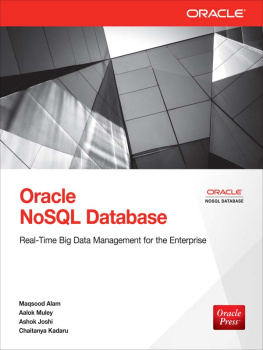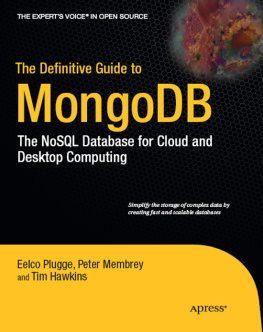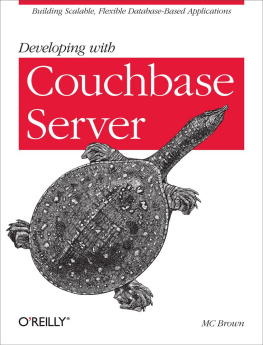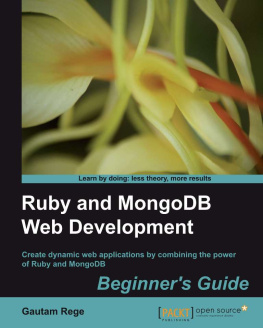Erik Siegel - eXist: A NoSQL Document Database and Application Platform
Here you can read online Erik Siegel - eXist: A NoSQL Document Database and Application Platform full text of the book (entire story) in english for free. Download pdf and epub, get meaning, cover and reviews about this ebook. year: 2014, publisher: OReilly Media, genre: Computer. Description of the work, (preface) as well as reviews are available. Best literature library LitArk.com created for fans of good reading and offers a wide selection of genres:
Romance novel
Science fiction
Adventure
Detective
Science
History
Home and family
Prose
Art
Politics
Computer
Non-fiction
Religion
Business
Children
Humor
Choose a favorite category and find really read worthwhile books. Enjoy immersion in the world of imagination, feel the emotions of the characters or learn something new for yourself, make an fascinating discovery.
- Book:eXist: A NoSQL Document Database and Application Platform
- Author:
- Publisher:OReilly Media
- Genre:
- Year:2014
- Rating:3 / 5
- Favourites:Add to favourites
- Your mark:
eXist: A NoSQL Document Database and Application Platform: summary, description and annotation
We offer to read an annotation, description, summary or preface (depends on what the author of the book "eXist: A NoSQL Document Database and Application Platform" wrote himself). If you haven't found the necessary information about the book — write in the comments, we will try to find it.
Get a head start with eXist, the open source NoSQL database and application development platform built entirely around XML technologies. With this hands-on guide, youll learn eXist from the ground up, from using this feature-rich database to work with millions of documents to building complex web applications that take advantage of eXists many extensions.
If youre familiar with XMLas a student, professor, publisher, or developeryoull find that eXist is ideal for all kinds of documents. This book shows you how to store, query, and search documents with XQuery and other XML technologies, and how to construct applications on top of the database with tools such as eXide and eXists built-in development environment.
- Manage both data-oriented and text-oriented markup documents securely
- Build a sample application that analyzes and searches Shakespeares plays
- Go inside the architecture and learn how eXist processes documents
- Learn how to work with eXists internal development environment
- Choose among various indexes, including a full-text index based on Apache Lucene
- Dive into eXists APIs for integrating or interacting with the database
- Extend eXist by building your own Triggers, Scheduled Tasks, and XQuery extension modules
Erik Siegel: author's other books
Who wrote eXist: A NoSQL Document Database and Application Platform? Find out the surname, the name of the author of the book and a list of all author's works by series.

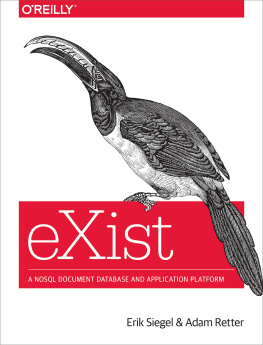
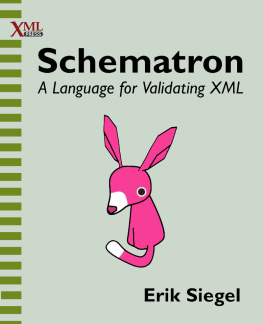

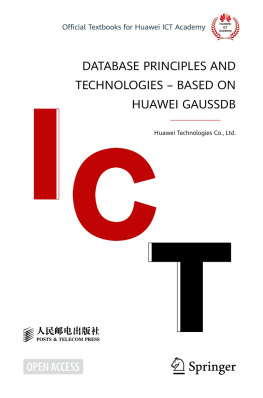
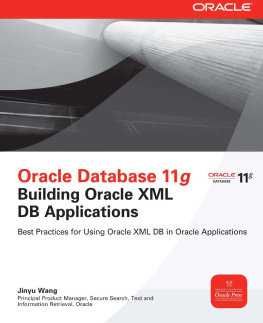
![Retter Adam - EXist: [a NoSQL document database and application platform]](/uploads/posts/book/229210/thumbs/retter-adam-exist-a-nosql-document-database-and.jpg)
